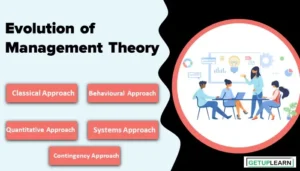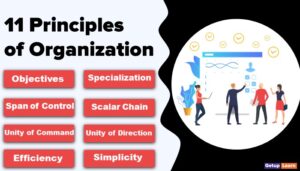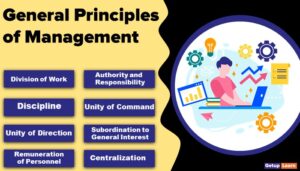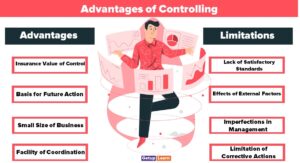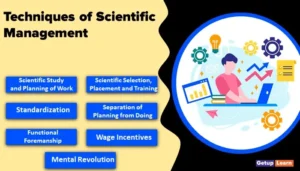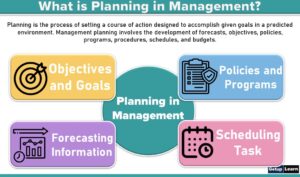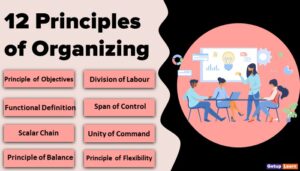Table of Contents
-
1 Methods of Coordination
- 1.1 Hierarchy of Authority
- 1.2 Effective Communication System
- 1.3 Sound Planning
- 1.4 Effective Organisation Structure
- 1.5 Standing Plans
- 1.6 Efficient Leadership
- 1.7 Appointment of Liaison Officer
- 1.8 Formation of Coordination Committees
- 1.9 Group Decision
- 1.10 Meeting and Conferences
- 1.11 Supervisor
- 1.12 Self Coordination
- 1.13 Sound Decision-Making
- 2 FAQ Related to Methods of Coordination
Methods of Coordination
These are the methods of coordination in management:
- Hierarchy of Authority
- Effective Communication System
- Sound Planning
- Effective Organisation Structure
- Standing Plans
- Efficient Leadership
- Appointment of Liaison Officer
- Formation of Coordination Committees
- Group Decision
- Meeting and Conferences
- Supervisor
- Self Coordination
- Sound Decision-Making
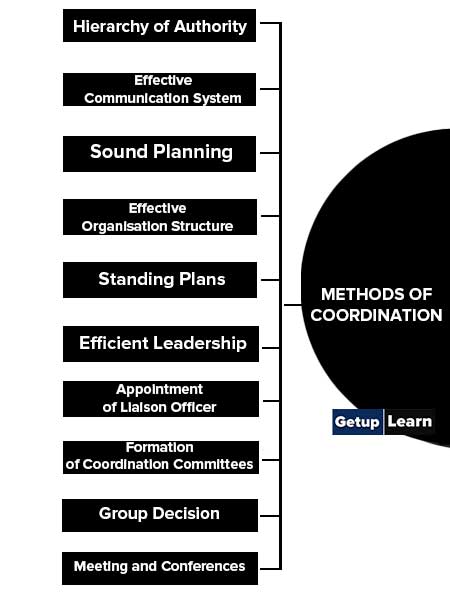
In every organisation hierarchy of authority is created which shows the levels of authority and mutual relations of persons working in the organisation.
Officers at every level of the organisation can get work done through employees in accordance with organisational goals by giving orders and directions to them as per this hierarchy of authority and can achieve coordination in their work.
Effective Communication System
Coordination can easily be achieved by developing an effective system of communication in an organisation. For developing an effective system of communication all types of communication written, oral, nonverbal, formal, informal, downward, upward, horizontal etc. are to be established.
By using an effective system of communication, a quick and effective exchange of information can be made which proves helpful in achieving coordination.
Sound Planning
The future course of action is chalked out through planning. If planning is done in harmony with different processes of activities of the organisation, coordination can be achieved easily.
For example, if the marketing department of an organisation enters into discussions with the head of production, finance and personnel departments before finalising the plans of his department, Coordination can easily be achieved in the activities of these departments.
Effective Organisation Structure
Effective organisation structure can contribute significantly to achieving coordination. The functional relationship of different executives and subordinates of an organisation is determined by the organisation structure, by which achieving coordination becomes easy.
Standing Plans
Standing plans in an organisation are developed to help the subordinates in decision-making to resolve routine and recurring problems arising in future. These standing plans can bring uniformity in decision-making. Which helps in achieving coordination.
Efficient Leadership
An efficient leader can motivate his followers to work in harmony with each other, whereby achieving coordination in the organisation becomes easy. According to Brech, “Coordination is a human process and a manager achieves it by his personal conduct.”
Appointment of Liaison Officer
Effective Coordination can be achieved by appointing a liaison officer in the organisation. This liaison officer gets acquainted with the plans and programmes of different departments by establishing contacts with the executives of these departments and makes available such information to the executives of the other departments.
This information is used by these departments in finalising their plans and programmes by which achieving coordination is facilitated.
Formation of Coordination Committees
To achieve coordination in an organisation a coordination committee comprising heads of different departments can be formed.
This committee holds its meeting from time to time, in which the heads of different departments apprise each other of their plans and programmes, by which co-ordination can easily be achieved in the working of the different departments.
Group Decision
It is also acknowledged as one of the important techniques of coordination. Under this technique, different executives work as a group.
Make decisions about their plans and programmes, by which the executives get an opportunity to apprise the group of their problems and opinions before making the decision. Therefore, decisions are taken keeping in view the opinions of the group and coordination becomes easy.
Meeting and Conferences
All types of problems are discussed at length at these meetings and conferences. Meetings, conferences, and seminars provide opportunities for normal talks and discussions.
By which all get the opportunity to get acquainted with the ideas, problems and opinions of others. It makes it easy to achieve coordination in future.
Supervisor
For achieving coordination the oldest but one of the most important devices, ‘Supervisor’ can be used.
A supervisor by his personal efforts will be able to see whether the work assigned to the subordinates is being done by them in a coordinated manner or not. and if not, he issues necessary directions to the subordinates, which proves helpful in achieving coordination.
Self Coordination
According to this technique as propounded by Brown, every executive and subordinate of the organisation instead of working in an arbitrary manner, works keeping in view the impacts of his decisions and works on others. It facilitates coordination in the organisation.
According to Simon, “self co-ordination is possible only where every individual has the capacity to understand the members of the organisation and to adapt himself in accordance with them.”
Sound Decision-Making
A sound decision-making process helps managers in an organisation to achieve effective coordination. Managers can synchronise the actions of their subordinates through sound decision-making which facilitates coordination in the organisation.
Read More About: Coordination: Definitions, Principles, Techniques, Process, Importance, Objectives
What are the methods of coordination?
The following are the methods of coordination:
1. Hierarchy of Authority
2. Effective Communication System
3. Sound Planning
4. Effective Organisation Structure
5. Standing Plans
6. Efficient Leadership
7. Appointment of Liaison Officer
8. Formation of Coordination Committees
9. Group Decision
10. Meeting and Conferences
11. Supervisor
12. Self Coordination
13. Sound Decision-Making.





